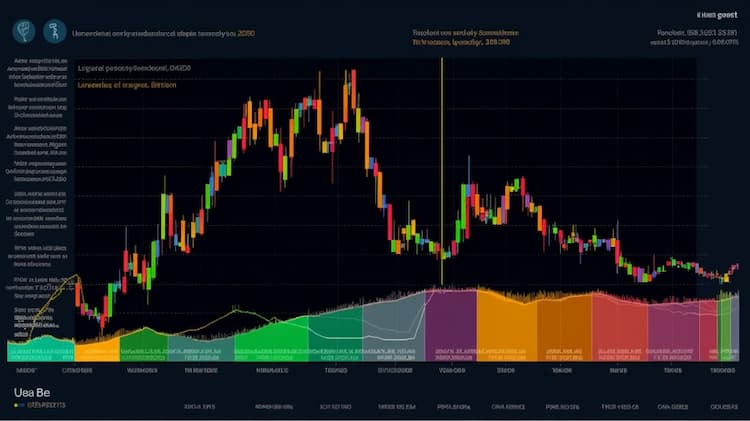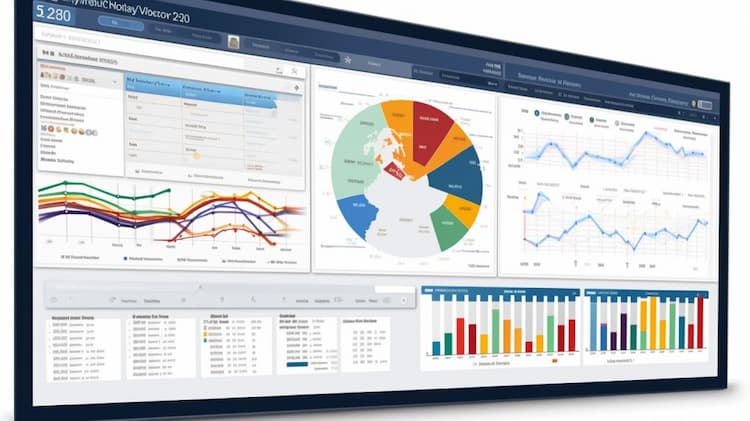
What is the HYUP ETF ?
The HYUP ETF, or "Xtrackers High Beta High Yield Bond ETF," is an investment fund that focuses on high-yield bonds with a higher beta, potentially offering higher returns compared to traditional fixed-income securities. This article delves into the features and considerations of the HYUP ETF, helping investors understand the risks and rewards associated with high-yield bond investments and how it fits within a diversified portfolio strategy. Discover how the HYUP ETF can be a potential avenue for generating income while navigating the dynamics of the bond market.


